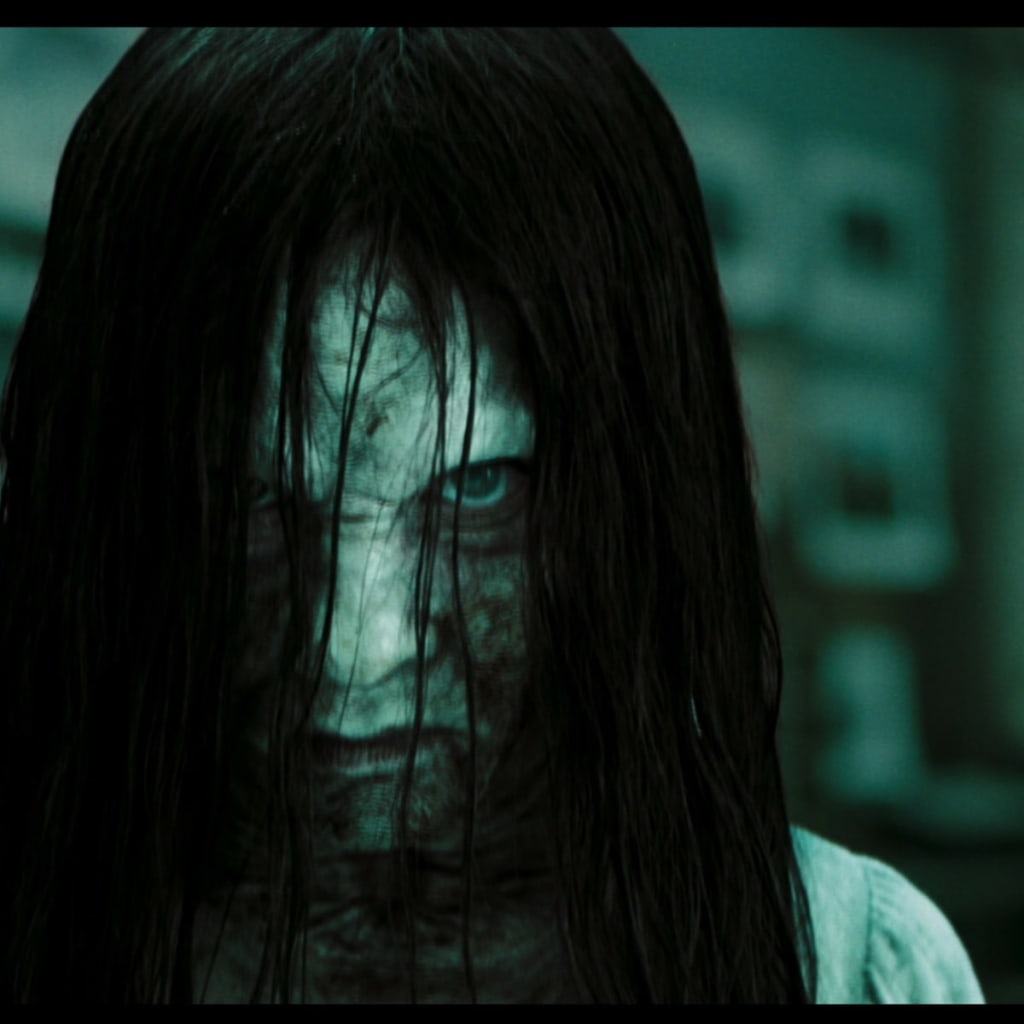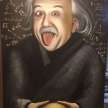
In November 1991, as Halloween jack-o-lamps decayed on curbside leaf heaps, and the fall days became more limited, almost 5.5 creeps of downpour fell upon northwest Washington. Soggy and cool and dim, it was the ideal setting for recounting startling stories. In any case, at John Muir Primary School in Kirkland, a Seattle suburb, one of the understudies' loved assortments of creepy stories unexpectedly disappeared.
Terrifying Stories to Tell In obscurity, a three-volume set of tormenting fables gathered from around the world, all retold by the writer, Alvin Schwartz, had children creeping underneath their covers, perusing by the glimmers of their electric lamps. Highlighting horrible representations by Stephen Gammell, champ of the Caldecott Decoration, Unnerving Stories tells stories like "Brilliant Frankfurter," where a butcher kills his better half, crushes her into wiener, then, at that point, offers her to his slobbering supporters.
A few guardians were shocked, in any event, contrasting Schwartz with the primative chronic executioner Jeffrey Dahmer. That November, Nancy Allen, a Kirkland mother, held onto Frightening Stories from the Muir Rudimentary library. Sandy Vanderburg, leader of the Parent Educator Understudy Affiliation, had exactly 70 guardians and instructors sign a request requesting the books' evacuation. Before long, the story spread.
Guardians and educators in a Seattle suburb will cast a ballot one week from now on an arrangement to restrict three books from a grade school library," revealed Connie Chung on the CBS Sunday Nightly News. "The individuals who need to dispose of the books say, 'They're only excessively horrifying for youthful perusers.'"
In any case, "frightful" wasn't the main word used to depict Schwartz's books. "Fiend," "seance," "black magic" and "mysterious" were heard at PTO gatherings the nation over. Vanderburg proceeded with her dissent, in any event, showing up on Great Morning America. As per the American Library Affiliation, Startling Stories were the most tested books of the 1990s.
"My father was extremely glad for that," says Betsy Johnson (Schwartz), the most youthful of Schwartz's four youngsters. "It implied the books were pertinent. Individuals were focusing. It was incredible exposure. He used to joke, 'When I pass on, I need my New York Times eulogy to say I had the absolute most prohibited books in America.'"
On Monday, Walk 16, 1992, The New York Times read, "Alvin Schwartz, a top rated writer of kids' books — many generally commended for their mind and legends yet some reprimanded as unduly unnerving for youthful perusers — passed on Saturday at Princeton Clinical Center in Princeton, N.J. He was 64 years of age and lived in Princeton."
Schwartz distributed in excess of 50 books more than thirty years, many zeroed in on fables, and with Terrifying Stories he proceeded with this custom. By scouring college libraries, addressing teachers, and paying attention to phantom stories in urban areas, outbuilding lofts and Cub scout camps the nation over, he turned a portion of the world's spookiest legend. In "Harold," maybe his most well known story, Schwartz reused an Austrian-Swiss legend to tell the story of a had scarecrow. In "The White Silk Night Outfit," he acquired from Greek folklore to wind around the narrative of a harmed young lady. Furthermore, in "The Little Dark Canine," he drew upon a 1920s French tale about a homicidal phantom canine.
Individuals frequently think old stories is divided between individuals in the slopes and hollers of spots like West Virginia," says James Deutsch, Guardian of Folklife and Mainstream society at the Smithsonian Community for Folklife and Social Legacy. "Indeed, yes. But at the same time it's common in the lofts and centers of New York City. Various gatherings adjust old stories to their conditions."
In 1954, folklorist and anthropologist William Bascom composed an exceptionally refered to article, "Four Elements of Fables," for The Diary of American Legends. While making sense of the significance of fables, Deutsch frequently gets back to Bascom. "In the first place, old stories engages. Second, it teaches. Third, it approves a gathering's way of life. Also, fourth, in particular, legends constructs fortitude — attachment — among bunch individuals."
Yet, might we at any point serve these capabilities — mightn't we at any point address these issues — without peeing our jeans in dread? For what reason would we say we are attracted to startling stories?
About the Creator
Enjoyed the story? Support the Creator.
Subscribe for free to receive all their stories in your feed. You could also pledge your support or give them a one-off tip, letting them know you appreciate their work.






Comments (3)
Nice writing keep it up!!!
😳😳😳
🥵🥵🥵